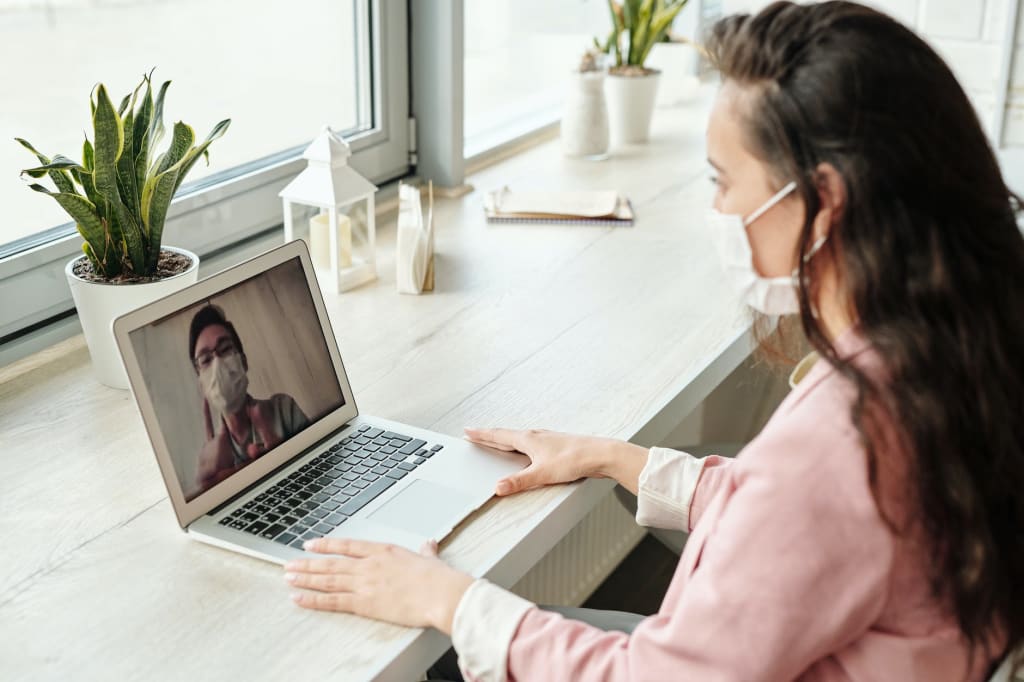Venezuela And Its Students During COVID-19
In view of the unstoppable progress of COVID-19 and its worldwide expansion, one of the first measures was to go directly to the classrooms.

From one day to the next, the approximately 10,500,000 students in Venezuela, according to data from the Ministry of Education, stayed at home.
And along with that educational lock, the first doubts arose, and some fears too, about how to respond to the students and continue supporting their learning process without their presence in the classrooms.
The online world is back
At this point, as a response to the new scenario that has broken into our lives, is when the online world resurfaces as an alternative mode to face-to-face education, gaining the credibility that for many years has been denied by presenting it as something outside the educational sphere and whose use should be limited to few online activities.
Hardly anyone seemed to conceive of it as something that opens up endless possibilities for the full development of the students' educational process.
Forced by circumstances, teachers began to launch the first online classes, relying solely on their creativity and their desire to do things right, even though many had never experienced teaching in a non-classroom environment.
And so, gradually, other types of extracurricular activities have been added, for entertainment or play, with educational or other purposes, which aim to contribute their grain of sand in this hard process we are going through.
Faced with the change of paradigm, new inequalities

Once everything is in place, new reasonable doubts begin to arise where academia takes a back seat and the assessment of the inequalities that this new reality could be causing begins to take on importance.
In addition to the countless power cuts, failures with the internet service, we find that each school, institute, university and Autonomous Community establishes its own plan of action, different from each other, and which limits their adaptation process.
The most advanced schools manage to adapt to the new reality and maintain, even if in a different way to the usual one, a "normalized" rhythm of classes, tasks and exams, while others, more anchored to face-to-face structures, are left behind.
In this case, an initial inequality is established that does not allow the same progress to be made in the same way and at the same pace throughout the country, giving rise to a significant social malaise, especially within the educational sphere.
What are students who do not have access to online platforms, who cannot take their exams, who cannot finish their syllabuses as expected, going to do?
Not all students have access to the internet

Faced with these questions that students, families and teachers ask themselves, other reflections are added that raise a wall that is difficult to break down and that make us think about the individual characteristics of the students and their families.
In the first place, and in spite of the fact that in Venezuela, according to data from the national telephone company (CANTV), 40% of households have access to the internet, many students, especially those in the most disadvantaged conditions, are deprived of being able to continue with curricular learning.
But other problems must also be added at the technological level, since not all households have adequate or sufficient computers (many have only one computer for the whole family, or even none at all), nor printers or scanners to be able to adequately perform all the tasks that may be required.
This situation is even worse in households where there is no previous training or experience in the use of these tools.
It must also be taken into account that, for their part, teachers have had to update, in record time, in the handling of online tools, elaboration of resources, as well as to maintain the learning rhythm of the students by adapting the material of the contents programmed for this educational course.
The technological gap has become more evident than ever. All this has generated a saturation in families and students of the highest educational levels, which require a higher level of autonomy and better planning.
Secondly, there is concern about the family environment in which some students currently find themselves, characterised by numerous deficiencies and realities such as violence, illness or the lack of a social structure that supports them, and which places them in difficult environments that do not allow them to respond to what is really important, their well-being.
Even so, we can find an opportunity to foster among students the much desired and necessary competence of learning to learn, of being autonomous in their tasks and, in short, of being responsible for their own learning process.
An education understood from the figure of the teacher with a task of accompaniment and from a vision that places the student in the centre should facilitate this process.
And after the virus, what?

From now on, we are facing a social and educational change that is much more profound than we could possibly have imagined. We have the opportunity to generate new responses to these new needs, and not just to do it, but to do it well.
Everything seems to indicate that the online world will continue to acquire the prominence it deserves, understanding it as an environment that coexists with educational presence, especially in the university environment, and that far from what was expected, it allows us to interact and socialize more than we thought, allowing us to be excited about what we do and feel part of a whole, much bigger than we thought.
But we must bear in mind that online education does not consist simply of improvised adaptation of educational content to online platforms so that students can send their homework and exams, give classes virtually or establish a channel of communication.
Online teaching requires a set of resources to ensure that students are accompanied throughout their learning process, that they have the appropriate support and the experience and preparation necessary to offer quality resources, teamwork between teachers and students and, of course, a solid educational and pedagogical model.
About the Creator
HowToFind .com
More info at https://howtofind.com






Comments
There are no comments for this story
Be the first to respond and start the conversation.